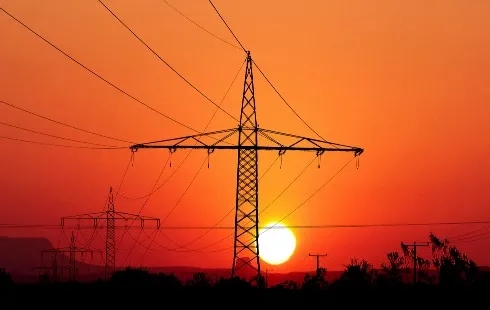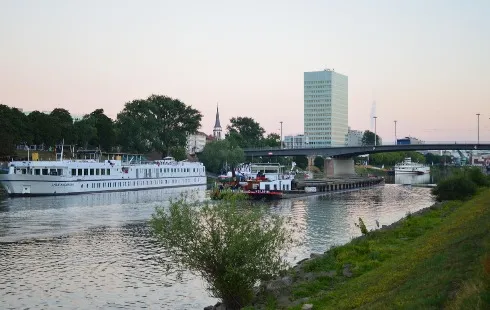
Trump's Tariff War: China Urges Immediate Repeal of Tariffs Amid Countermeasures
Section: News
Recent statistics indicate a slight decline in land consumption, with daily usage dropping from nearly 13 hectares in peak years to approximately seven hectares per day in 2024. This trend appears promising at first glance, but a deeper examination reveals a more complex reality.
The year 2022 saw a rebound in land consumption following a downturn caused by COVID-19 restrictions. As economic activity resumed, land use surged once more. Experts like Simon Pories from the World Wide Fund for Nature (WWF) express concern that this trend may continue, particularly with the anticipated recovery of the construction sector.
Pories notes that the current decline in land consumption is primarily linked to short-term economic factors rather than sustainable changes. The construction industry's current struggles mean fewer areas are being developed compared to previous years. However, Pories warns that this is likely to change as the focus remains on new construction rather than on renovation and sustainable practices.
Much of the reduction in built-up areas can also be attributed to data adjustments, such as the classification of previously developed recreational land. For example, former gravel pits that have ceased operations may be recorded as green space, contributing to the perceived decrease in land consumption.
Road construction and industrial areas account for a significant portion of land use, with roads alone representing one-fifth of the 25 square kilometers developed in 2024. Meanwhile, areas designated for recreation and extraction have decreased, likely due to data corrections rather than any deliberate conservation efforts.
The current government program, which includes parties such as the ÖVP, SPÖ, and Neos, emphasizes ambitious goals to reduce land consumption to 2.5 hectares per day. However, critics argue that the program lacks a clear strategy and actionable measures to achieve this target. Since this goal was first introduced in 2002, it has not been met, with estimates suggesting a shortfall of approximately 110,000 hectares, according to WWF calculations.
Efforts to address land consumption have frequently been met with resistance. The municipal association has explicitly opposed establishing numeric targets, complicating the government's ability to implement effective policies.
The government's latest strategy addresses urban sprawl in a series of 28 points, but environmental advocates express skepticism about whether these intentions will translate into meaningful action. Proposed measures, such as boosting the construction industry and expediting building processes, are criticized as counterproductive to reducing land consumption.
The ongoing climate crisis and the push for a greener transition are redefining natural landscapes, societal structures, and markets worldwide. As nations grapple with these changes, the consequences of land consumption and urban expansion will remain critical issues.

Section: News

Section: News

Section: Politics

Section: News

Section: News

Section: Politics

Section: Arts

Section: News

Section: News

Section: Business

Health Insurance in Germany is compulsory and sometimes complicated, not to mention expensive. As an expat, you are required to navigate this landscape within weeks of arriving, so check our FAQ on PKV. For our guide on resources and access to agents who can give you a competitive quote, try our PKV Cost comparison tool.

Germany is famous for its medical expertise and extensive number of hospitals and clinics. See this comprehensive directory of hospitals and clinics across the country, complete with links to their websites, addresses, contact info, and specializations/services.

Join us for a captivating organ concert featuring Giacomo Gabusi from Bologna. Experience an evening of classical music with works by Wagner, Bossi, and Messiaen, among others. This event is part of the Pasinger Orgeltage series, promising a delightful musical experience. Admission is free, but...
No comments yet. Be the first to comment!